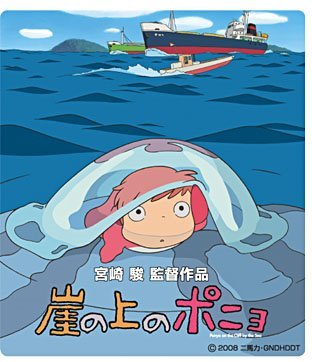House Hunting
Our house hunting adventure began at the end of March and concluded in early May. Considering the nature of the purchase, it was a quick decision, so quick that it took much longer afterwards for the feeling of excitement to emerge.
At first, we were looking for a flat, a 'mansion' in Japanese or 'apartment' in America, for a combination of reasons, such as price, security and convenience. It was my first-ever experience to visit property sites, and every small arrangement that was employed to present the properties was simply fascinating. The visits usually began with a video-viewing session in small cinemas located in the reception halls. The videos presented an imaginary narrative about an ideal life that was to be shared by every household. Usually, it told a story of a young family: the father returned to the house in time from Shinjuku through a conveniently connected railway, he then enjoyed a fun time with his families in a nearby enormous space of nature, parents and child shared a fun time together in beautiful sunny days. Enchanting and appealing such a life was portrayed, but idealized view as such could be difficult to appreciate when an detached viewpoint was taken. Sometimes, I couldn't help smiling at the over-polished images of life and kept wondering if that was 'the' happy ending, or why it was the 'only' ending for every one.
However, I have to admit that this 'happy ending' thing has also enchanted me since I was little. In my childhood, I was always very fascinated by posters and fliers from estate agents; the neat and clean space that was drawn in advertisements always managed to seize my attention. I remember searching through piles of newspapers, collecting fliers, cutting the images of beautiful houses and apartments, and pasting them onto my sketch books to create my own ideal home. I love dolls' houses, too! Making doll's houses and creating familial relationship between the small figures that I possessed was always a pastime that I tirelessly turn to in quiet afternoons. Before I could afford to purchase model houses for the toys, I made cardboard houses and paper cars for them; I cut and tailored old clothes into dresses for their parties. That was my obsession before I was old enough to understand the concept of happy ending, and before some of my imaginations took form in reality.
Among the flats we saw, one was in a residential complex that contained more than 700 units; another, 500. Despite the fact that they were all fashionably designed, modernly furnished, and popular among first-time buyers in Tokyo, the thought of living together with another 699 or 499 families itself was somehow unthinkable to me. Living within such a big community perhaps guarantees a constant companionship; however, to make such a gigantic community machine function probably involves far more complicated orchestration that I would want to face.
Consequently, we said goodbye to the flats and redirected our search to detached houses. We were accompanied by suit-wearing agents to a variety of properties, houses still under construction, houses completed but yet sold, and houses refurbished for a second owner. I found it a peculiar experience to be regarded as 'valuable' customers. Most of the time, we were driven around, and the cars that we got on varied depending on the range of house prices that we had requested to see (I guess). One time, we had asked to see some items in a favorable residential area, which was a little bit beyond our means. We were picked up right in front of our flat by a posh-looking car, and the agent drove us around in a beautiful neighborhood. It was a quiet and sunny day, perhaps the first summery day this year. While I was sitting in the car listening to the conversation of a unfamiliar language between K and the agent, all of a sudden I recalled a Czech film,
Autumn Spring.

For all these eight years after I watched this film, I have been remembering the way that the hero kept himself entertained in his retirement life. Putting on suits and ties, the hero and a friend, two retired gentlemen, pretended to be interested and wealthy buyers of expensive castles or villas. They succeeded in fooling estate agents around with props of expensive limousines, costumes and meals that they hired.
Although we meant to search for a property, I couldn't help feeling amused at the mischief of the gentleman, drawing a rather far-fetched parallel between the pleasure that he obtained and the amazement that we were thrown into, linking his desire to seek for fun in a monotonous life and our wish to compose a new rhythm for the life in the future. The time that he stole from the estate agents was devoted to his secret enjoyment; our agents' time was spent to no avail if we abandoned the choices that they had offered. I am probably too sympathetic with the estate agents at this point, given that they are usually known to be voracious. Whenever I tried to suppress my own amazement and astonishment at the high prices or luxurious interior furnishing in order to maintain an integrated look of a 'potential' buyer, I felt little difference from the mischievous gentleman.



























